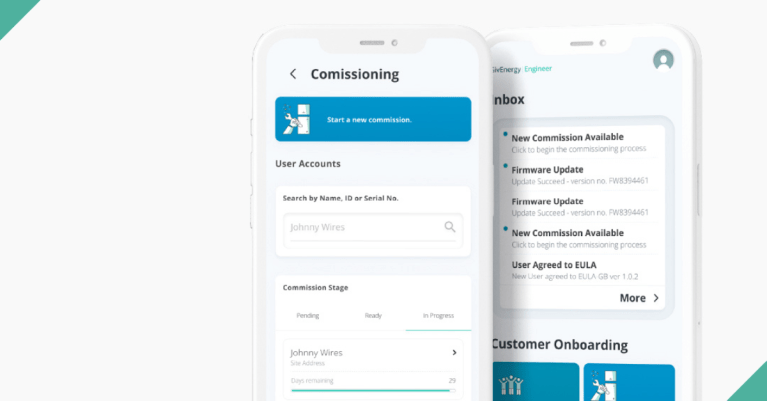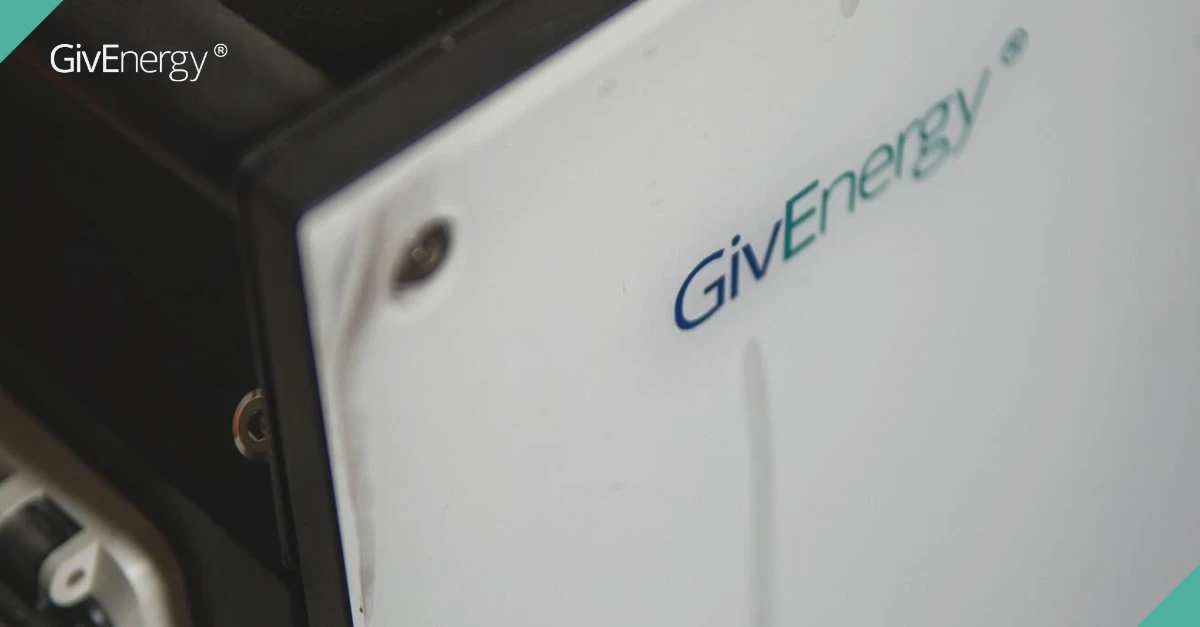The benefits of a home battery are becoming increasingly obvious.
According to GivEnergy’s own internal data, customers can save around 85% per year on their energy bills and cut their carbon emissions by around 300kg.
If you want to start your home battery journey, make sure to do your research on which battery is right for you.
Is your battery being retrofitted with a renewable energy supply? Which size battery do you need? Do you need an AC-coupled or hybrid inverter?


These are just some of the questions you’ll need to consider before purchasing and installing a home battery.
If you’re ready to start your journey, great!
Here are five things to know, from installation to saving on bills, and everything else in between.
Your home battery journey: 5 things to know
1. Installation
First things first: where are you going to install your home battery?
Installing outdoors? Check it’s suitable.
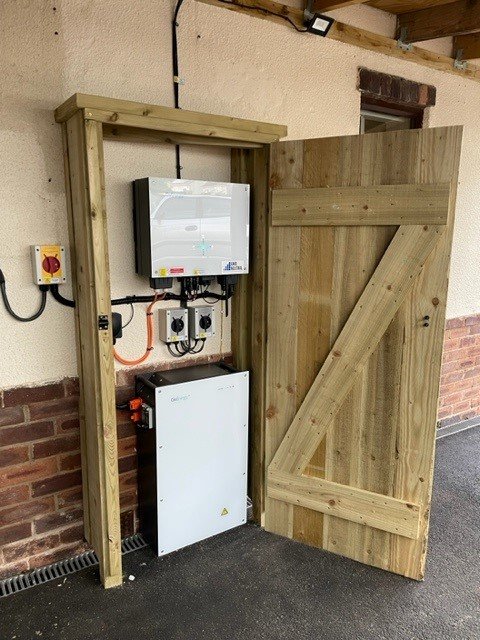
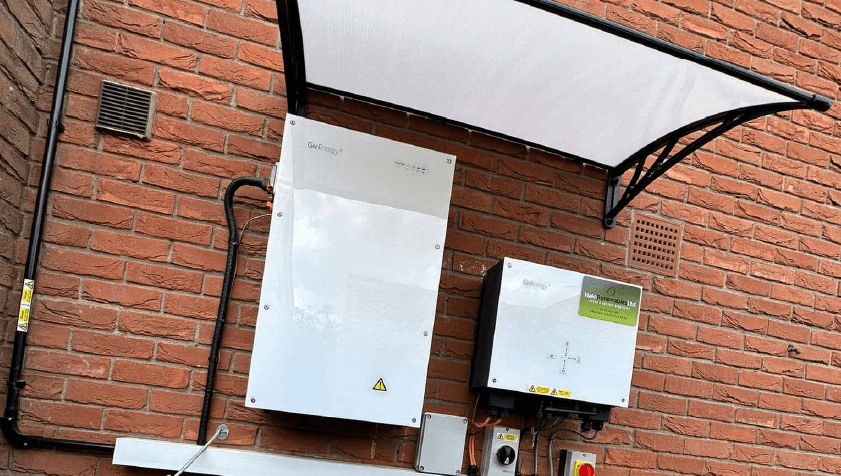
Batteries with an IP65 rating – including all GivEnergy batteries – are a yes. You just need to make sure it’s sheltered by a canopy.
If you’re installing indoors, make sure your battery is away from direct heat sources.
Regardless of whether you install inside or out-, you must ensure you leave adequate clearance around the system for ventilation.
And remember that your home battery needs to be installed by an approved installer.
2. Operating your battery
Once installed, your battery will just work.
However, you must pay attention to depth of discharge. In short, this refers to how much of the battery capacity can be used safely.
For example, a 10kWh battery with 80% depth of discharge gives you 8kWh. Using your battery beyond its depth of discharge can cause permanent damage.
All GivEnergy batteries come with a minimum 80% depth of discharge, with a range going up to 100% for premium options.
Beyond that, it’s really up to you how you operate your battery.
You may want to set your battery to charge and discharge around your energy needs (more on this later).
Generally speaking, you shouldn’t have to worry too much about your battery as long as your warranty is valid. Most home batteries come with a standard 10-year warranty. However, at GivEnergy, we’ve gone the extra mile with an industry-leading 12-year warranty.
3. Upgrading and modifying your home battery system
Let’s be honest. Your energy needs and desires won’t stay the same forever.
The time may come when you’ll look to upgrade or modify your home battery system.
Perhaps, you want to retrofit solar panels or install a wind turbine for home.
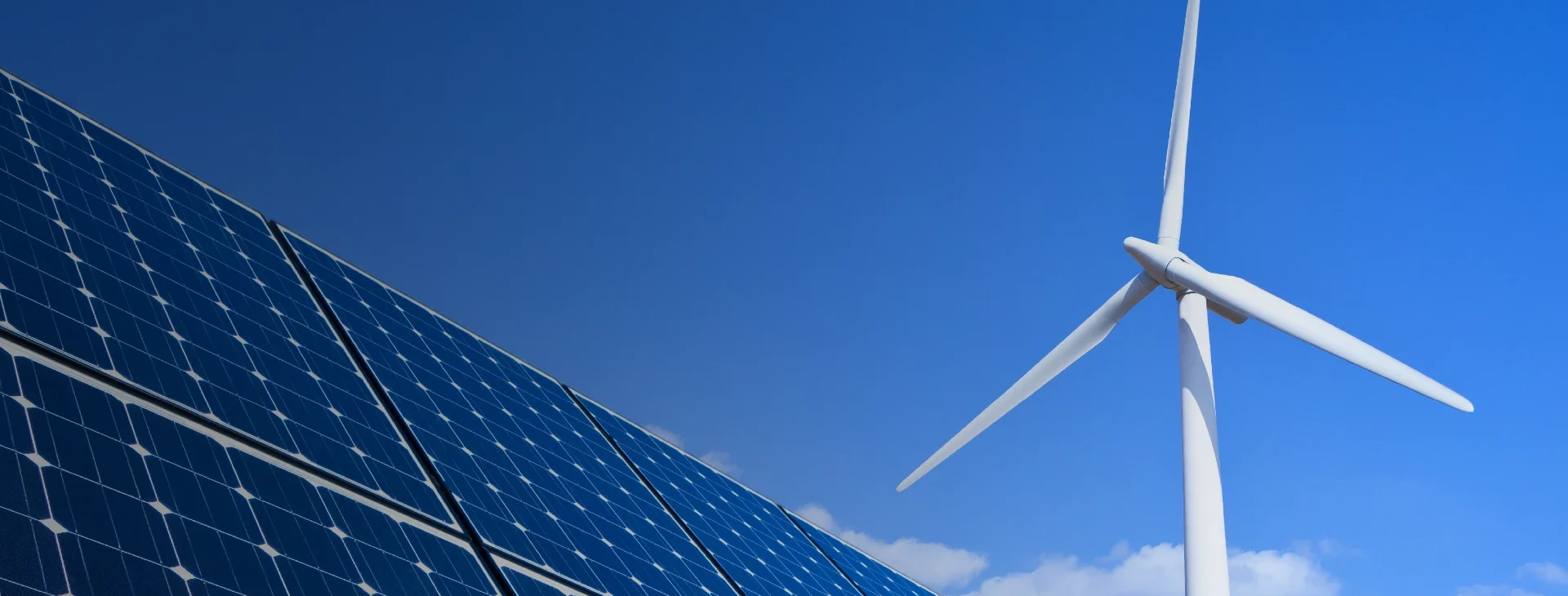
Depending on your specific requirements, you’ll need to check which type of inverter is right for you.
For those not in the know, the inverter is the brains behind your battery system. It converts electricity from direct current (DC) to alternating current (AC).
An AC-coupled inverter is best for homes with:
- An existing solar setup
- Using wind or hydro power
- Using only a home battery without renewables
Meanwhile, a hybrid inverter is best for homes:
- Starting a new solar project
- Installing in a compact space – needing a battery and solar inverter in one unit
- Seeking a 3-phase system
If you’ve got yourself a shiny new EV, you may want to add an EV charger.
Sure, you can charge from an ordinary home plug socket. However, using a dedicated charging point is safer, faster and cheaper.
Moreover, with your EV charger integrated with your home battery system, you can manage how you charge your car – with energy from the grid, from renewables, from your battery, etc.
4. Monitoring your home battery
A home battery system wouldn’t be complete without energy monitoring.
Fortunately, monitoring your energy usage has never been easier. This could be through a smart meter, an app, a portal or even a smart plug for individual devices.

Why is monitoring so important?
The whole purpose of a home battery is to cut your bills and your carbon emissions. By closely monitoring your energy usage, you can ensure you rely as much as possible on your home battery and any renewables you generate. Meanwhile, you can lessen your reliance on the grid.
5. Saving on your bills (and even making a bit of money on the side)
Now comes the fun part of having a home battery.
Imagine you have a home battery coupled with renewables. By charging your battery from a renewable source and discharging when you need electricity, you’re relying less on the grid and ultimately saving on your bills.
However, you don’t need solar panels or a wind turbine to save money with your battery, especially if you’re on a smart tariff.
Here’s how it works.
You charge your battery during off-peak hours – overnight, during the day when you’re at work, etc. – taking advantage of cheap energy rates. You then discharge your battery during peak hours – mornings, evenings, etc. – meaning you rely less on the grid during this time and therefore, don’t have to pay as much for expensive peak rates.
We’ve covered saving. Now let’s talk about how your battery can make you money.
This is nothing new. Since January 2020, the UK government has operated the Smart Export Guarantee (SEG), allowing those with solar or other renewable energy to sell excess energy to the grid.
With a GivEnergy battery, you can earn money from the GivBack scheme; any excess energy stored in your battery can be sold to the grid.
Recent numbers indicate it’s already been a success. Over 4,000 customers joined the scheme. In total, they earned £20,000 by exporting 9.1mWh to the grid: enough for an EV to drive 32,760 miles.
Ready to start your journey?
We emphasise again that you need to do your research before installing a home battery. Your energy needs and current setup will determine which size battery and which inverter is right for you.
If you’re ready to start your journey, why not start looking today for an approved GivEnergy installer?


